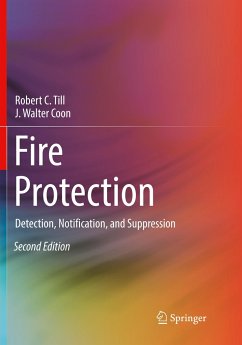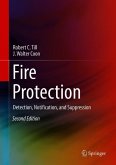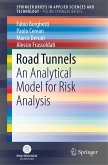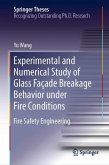The Second Edition of this introduction to fire protection systems is completely revised and updated to offer the student, architect or engineer the basics of fire protection devices and equipment, and how they may be applied to any given project. Fire Protection: Detection, Notification, and Suppression reveals the "nuts and bolts" of fire protection system selection, design and equipment in an applied approach.
Whether a mechanical engineer, safety engineer, architect, estimator, fire service personnel, or student studying in these areas, the authors show the pros and the cons of protection systems being proposed, and how they should be compared to one another. It also gives non-fire engineering practitioners a sense of proportion when they are put in a position to select a consultant, and to give a sense of what the consultant may be doing and how a system is being matched to the hazard. Beginning fire protection engineers could also use its language for writing a report about these systems for a client.
Whether a mechanical engineer, safety engineer, architect, estimator, fire service personnel, or student studying in these areas, the authors show the pros and the cons of protection systems being proposed, and how they should be compared to one another. It also gives non-fire engineering practitioners a sense of proportion when they are put in a position to select a consultant, and to give a sense of what the consultant may be doing and how a system is being matched to the hazard. Beginning fire protection engineers could also use its language for writing a report about these systems for a client.







